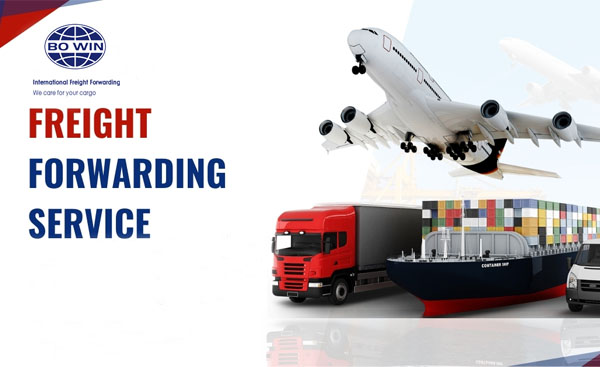1. Obtain Your Tracking Number
When you book your shipment with a freight forwarder, they will provide you with a tracking number (also called a consignment number, bill of lading number, or reference number). This is essential for tracking your shipment.
If you don't have the tracking number, contact your freight forwarder to request it.

2. Visit the Freight Forwarder’s Website
Most freight forwarders have an online tracking tool on their website. Go to their official website and look for a section labeled "Track Shipment," "Cargo Tracking," or something similar.
3. Enter Your Tracking Details
Input your tracking number into the tracking tool. Some freight forwarders may also require additional details, such as:
Your name or company name.
The destination port or city.
The date of shipment.
Double-check that you’ve entered the correct information to avoid errors.
4. Check the Shipment Status
Once you submit the tracking details, the system will display the current status of your shipment. This may include:
Booking Confirmed: Your shipment has been booked.
In Transit: Your shipment is on its way.
At Port: Your shipment has arrived at the origin or destination port.
Customs Clearance: Your shipment is undergoing customs procedures.
Out for Delivery: Your shipment is on its way to the final destination.
Delivered: Your shipment has reached its destination.
5. Set Up Notifications (Optional)
Some freight forwarders offer email or SMS notifications to keep you updated on your shipment’s progress. Check if this service is available and sign up if you want real-time updates.
6. Contact Customer Service (If Needed)
If the online tracking tool doesn’t provide enough information or if there’s a delay, contact your freight forwarder’s customer service team. Provide them with your tracking number and any other relevant details to get assistance.
7. Use Third-Party Tracking Tools (Optional)
If your freight forwarder uses multiple carriers or shipping lines, you can also track your shipment using third-party tracking platforms like:
Track-Trace (for container shipments)
17Track (for international shipments)
Ship24 (for multi-carrier tracking)
These platforms allow you to track shipments across different carriers and modes of transport (air, sea, or land).
8. Monitor Key Milestones
Keep an eye on critical milestones, such as:
Departure from the origin port.
Arrival at the destination port.
Customs clearance.
Final delivery.
Tips for Effective Tracking:
Save Your Tracking Number: Keep it handy for quick reference.
Check Regularly: Shipment statuses can change frequently, especially during transit.
Be Aware of Time Zones: If your shipment is international, consider time zone differences when tracking.
By following these steps, you can easily track your shipment and stay informed about its progress. If you encounter any issues, don’t hesitate to reach out to your freight forwarder for support.


